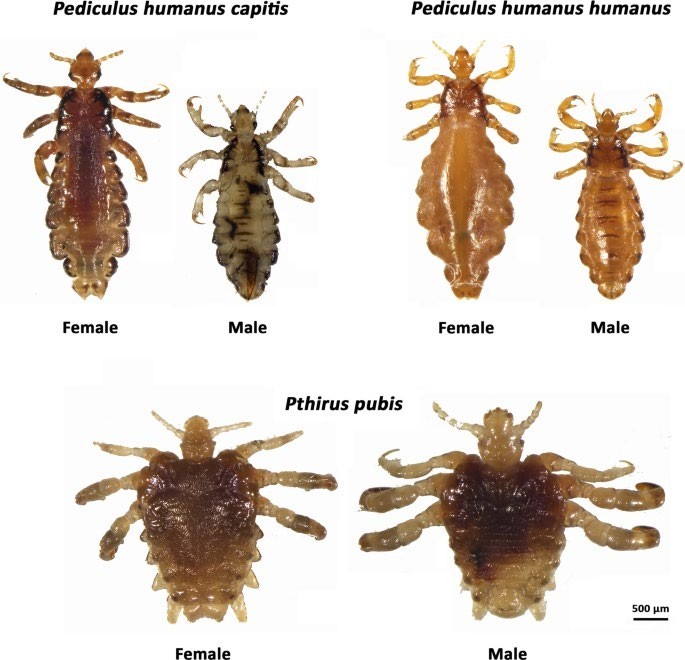A nurse is providing nutritional teaching to the mother of a preschooler and is recommending food options to provide 1 oz of grains. Which of the following foods should the nurse recommend?
1 cup cooked rice
1/2 slice of white bread
1 cup ready-to-eat cereal flakes
1/2 white flour tortilla
The Correct Answer is C
Choice A reason: This choice is incorrect because 1 cup of cooked rice provides more than 1 oz of grains. According to the U.S. Department of Agriculture (USDA), one-ounce equivalent of grains equals one slice of bread, one cup of ready-to-eat cereal, or half a cup of cooked rice, pasta, or cereal. Therefore, 1 cup of cooked rice provides about 2 oz of grains.
Choice B reason: This choice is incorrect because 1/2 slice of white bread provides less than 1 oz of grains. As explained above, one-ounce equivalent of grains equals one slice of bread, so 1/2 slice of white bread provides only 0.5 oz of grains.
Choice C reason: This choice is correct because 1 cup of ready-to-eat cereal flakes provides exactly 1 oz of grains. As explained above, the one-ounce equivalent of grains equals one cup of ready-to-eat cereal, so 1 cup of ready-to-eat cereal flakes provides 1 oz of grains.
Choice D reason: This choice is incorrect because 1/2 white flour tortilla provides less than 1 oz of grains. According to the USDA, one-ounce equivalent of grains equals one small tortilla (6 inches in diameter), so 1/2 white flour tortilla provides only about 0.4 oz of grains.
Nursing Test Bank
Naxlex Comprehensive Predictor Exams
Related Questions
Correct Answer is A
Explanation
Choice A: This statement indicates an understanding of the teaching, as washing all recently used clothing, bedding, and towels in hot water can help eliminate lice and nits (eggs). Lice and nits can survive on fabrics for up to two days and can spread from one person to another through direct or indirect contact. Washing items in hot water can kill lice and nits by exposing them to high temperatures.
Choice B: This statement indicates a lack of understanding of the teaching, as nits will not always be present after treatment. Nits are tiny white or yellow oval-shaped eggs that are attached to the hair shaft near the scalp. Nits can hatch into nymphs (young lice) within seven to ten days and mature into adult lice within nine to twelve days. Nits can be removed by using a fine-toothed comb or by applying products that loosen their grip on the hair.
Choice C: This statement indicates a lack of understanding of the teaching, as treating all family members may not be necessary or effective. Treating all family members can expose them to unnecessary chemicals or medications that may have side effects or cause resistance. Treating all family members may also not prevent reinfestation if there are other sources of exposure such as school or daycare. Only family members who have evidence of lice or nits should be treated.
Choice D: This statement indicates a lack of understanding of the teaching, as throwing out toys that can't be dry cleaned or washed may not be required or practical. Throwing out toys can cause emotional distress or financial burden for the child or the parents. Throwing out toys may also not prevent reinfestation if there are other sources of exposure such as clothing or bedding. Toys that can't be dry cleaned or washed can be sealed in plastic bags for two weeks to suffocate the lice and nits.

Correct Answer is A
Explanation
Choice A: This response is appropriate, as it indicates urgency and concern for the infant's condition. Projectile vomiting immediately after eating can be a sign of pyloric stenosis, which is a condition that causes the narrowing of the pylorus, which is the opening between the stomach and the small intestine. Pyloric stenosis can prevent food from passing through and cause dehydration, electrolyte imbalance, or weight loss. The infant needs to be evaluated by a provider as soon as possible and may need surgery to correct the problem.
Choice B: This response is not appropriate, as it does not address the underlying cause of the infant's condition. Oral rehydration solution can help replace fluids and electrolytes lost through vomiting, but it does not treat pyloric stenosis or prevent further vomiting. Oral rehydration solution may also be vomited out by the infant if given too soon or too much.
Choice C: This response is not appropriate, as it does not address the underlying cause of the infant's condition. Burping the baby more frequently during feedings can help release air bubbles and prevent gas or colic, but it does not treat pyloric stenosis or prevent further vomiting. Burping may also trigger vomiting by increasing pressure on the stomach.
Choice D: This response is not appropriate, as it does not address the underlying cause of the infant's condition. Switching to a different formula can help if the infant has an allergy or intolerance to certain ingredients in their current formula, but it does not treat pyloric stenosis or prevent further vomiting. Switching formulas may also cause diarrhea or constipation by changing the infant's bowel flora.
Whether you are a student looking to ace your exams or a practicing nurse seeking to enhance your expertise , our nursing education contents will empower you with the confidence and competence to make a difference in the lives of patients and become a respected leader in the healthcare field.
Visit Naxlex, invest in your future and unlock endless possibilities with our unparalleled nursing education contents today
Report Wrong Answer on the Current Question
Do you disagree with the answer? If yes, what is your expected answer? Explain.
Kindly be descriptive with the issue you are facing.
